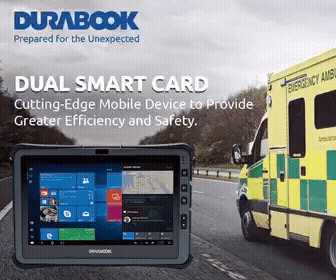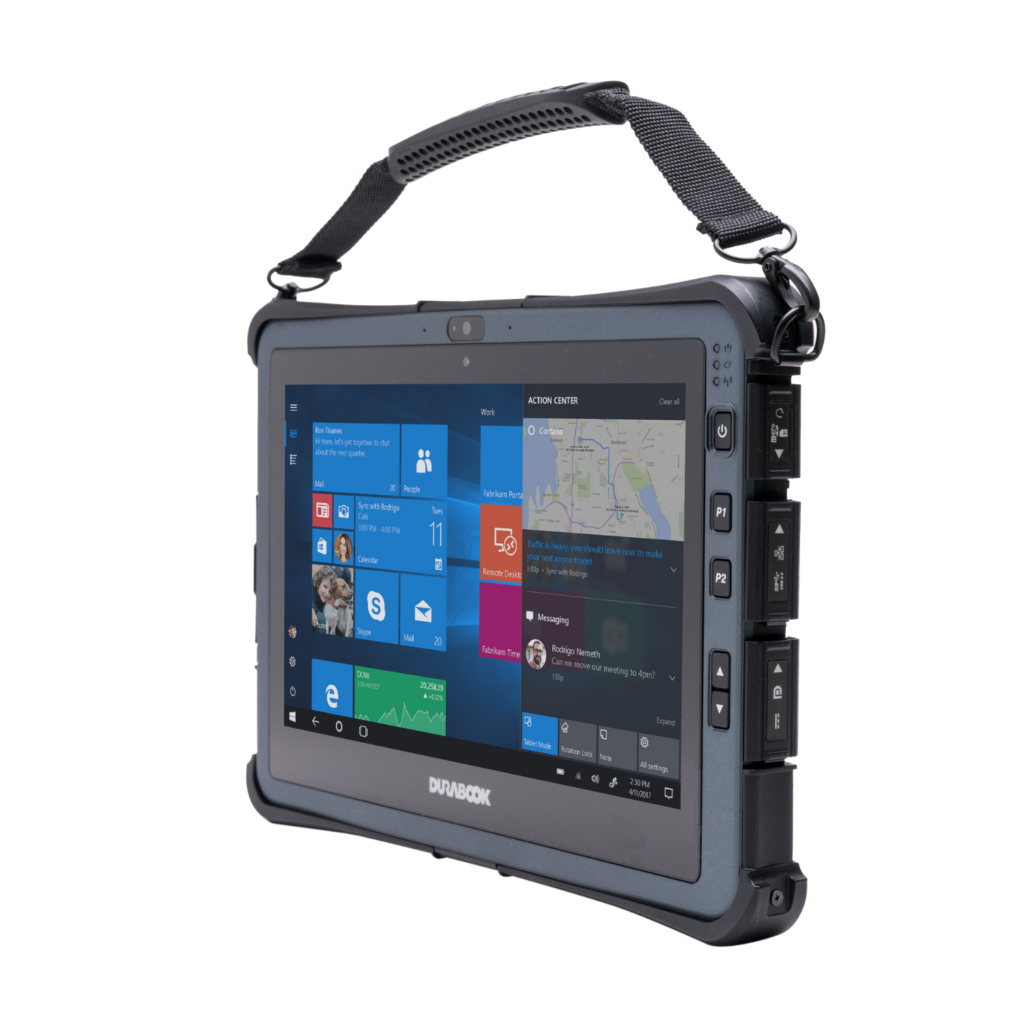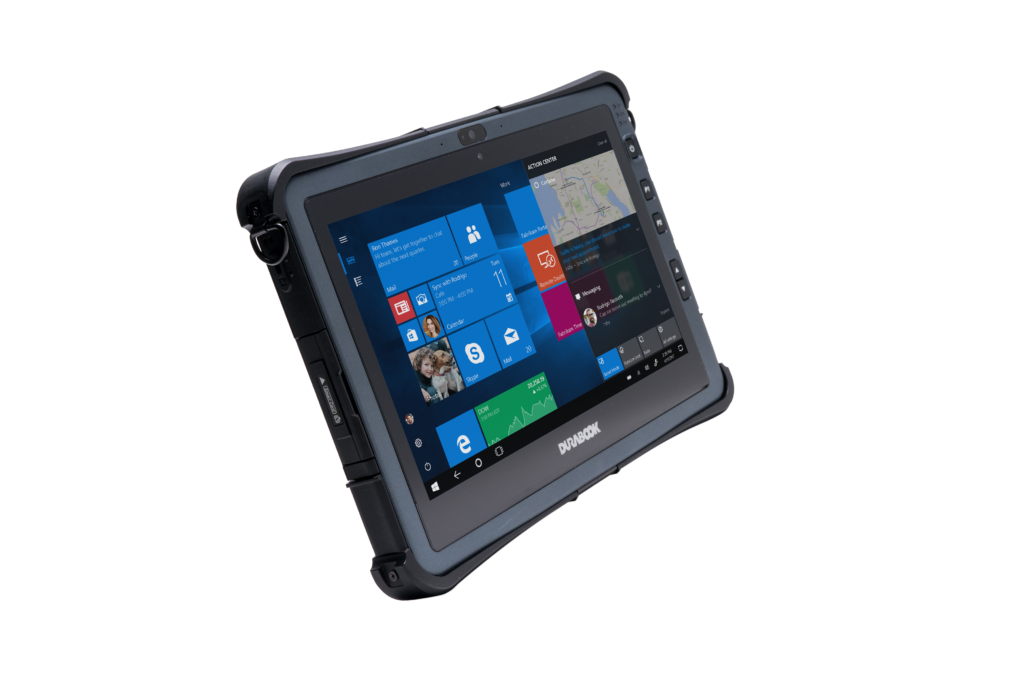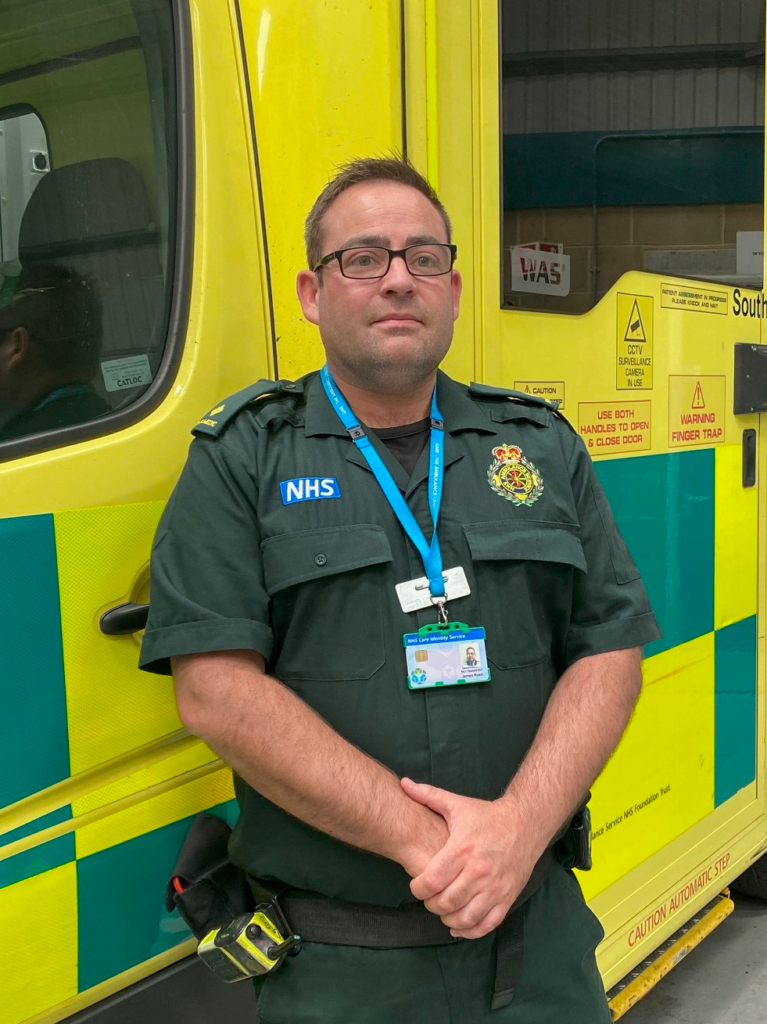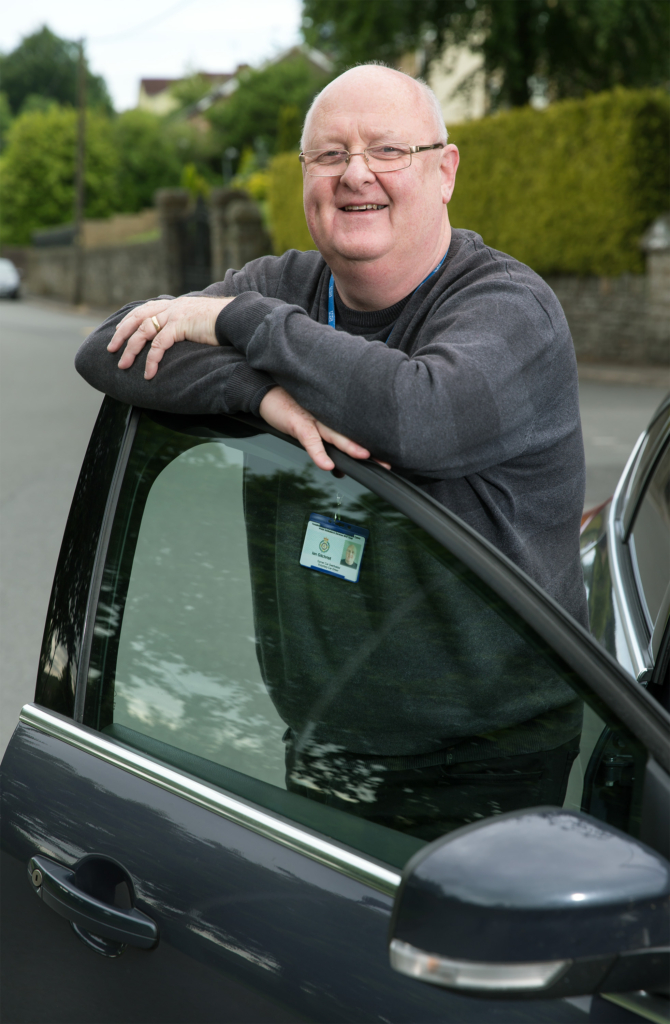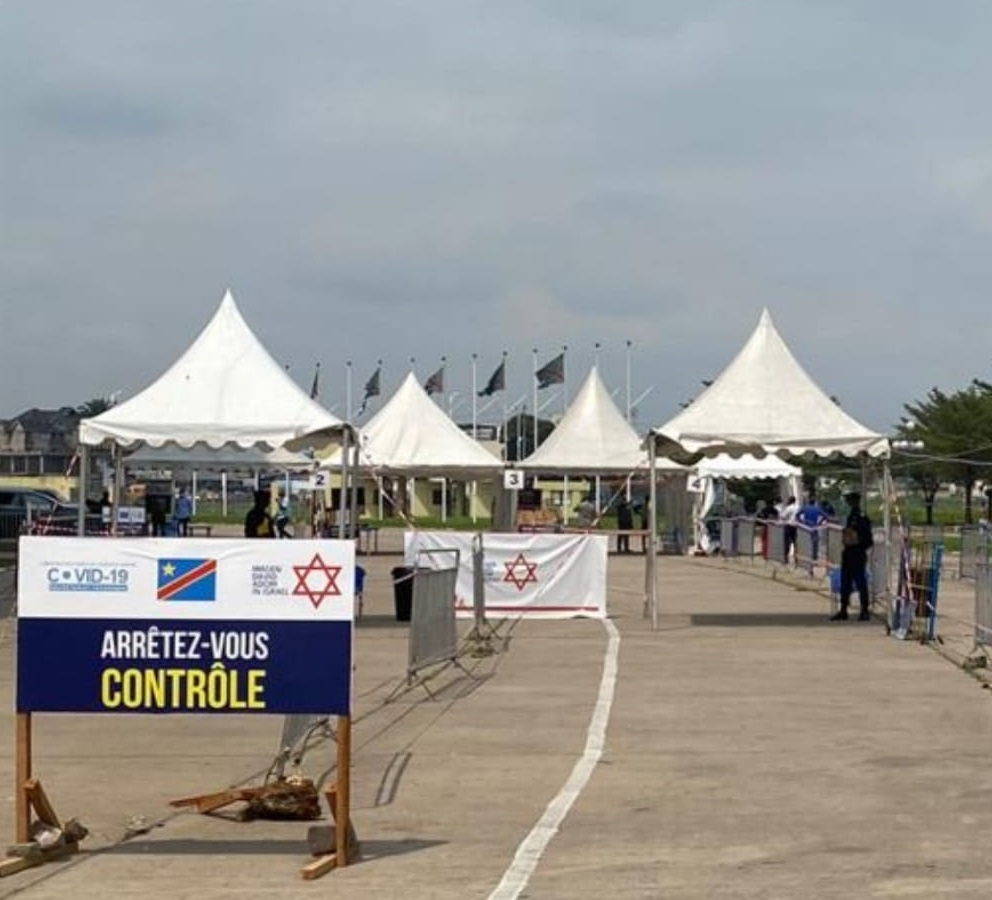Durabook Is Empowering Crews Like You on the Ambulance
https://chat.whatsapp.com/AmbulanceTodayDirect
It’s no secret that ambulance crews rely heavily on technology to support their daily work lives. More and more, they are turning towards rugged, stronger devices in order to withstand the often harsh environments which they operate in.
Durabook has been manufacturing mobile rugged devices which deliver the functionality needed to improve patient care for over 30 years. Its military-grade technology has been highly praised by users, as the deep functionality and high performance make operational use effortlessly fluid and simple all at once, a key benefit for ambulance crews.
With that in mind, the company has released the new and exciting U11I tablet, specifically designed for use in the harsh and unforgiving environments which ambulance and other emergency service crews often encounter.
The U11I helps ambulance crews access electronic patient records, transfer patient-specific information to the hospital before arrival, and make critical decisions, all at lightning speed.
It’s also unique in that it is the only rugged tablet available today which allows you to add a second smart card and RFID reader alongside the one which is already embedded within the device itself, making it incredibly multifunctional.
These unique adaptations allow for secure user authentication and the safe collection and transfer of sensitive data; both absolutely essential features for quickly accessing historical patient information, recording diagnoses, and securely sending data to the hospital or other health organisations before arrival so care and treatment can continue without delay.
The benefits of using rugged devices, as opposed to more old-fashioned methods, cannot be underestimated.
One major bugbear of the past has been as simple a matter as illegible handwriting, which can cause great confusion following handovers—now thankfully a thing of the past, where it belongs.
And that’s also not to mention the seamless transference of records which can now be easily accessed through such technology and then safely secured and protected.
Another simple, yet amazingly useful, pro which the use of rugged tablets had introduced into the field is the ability to take photos of the patient’s injuries and the surrounding scene.
Context is, after all, not to be underestimated and who can deny the benefits of being able to visually picture the extent of the wounds to a trauma victim, for instance, ahead of their arrival? It definitely helps for preparation and handover at the hospital, that’s for sure.
Durabook also provides a cleaning guide with the U11I for simple, fast decontamination of the device following use on a call, saving both time and effort in ensuring that the device is properly cleaned and sanitised.
It will, after all, come into contact with vinyl gloves, blood, mud, and all manner of the harmful bacteria, germs and viruses that you can commonly expect to encounter on a call.
Looking beyond the sleek and professional design and examining the insides of the U11I, you’re left quite impressed with its overall power and capability. For starter’s, it’s the very first rugged tablet on the market to feature Intel’s 10th generation Intel® Core™ processor, improving performance by up to 260% on the previous model.
We all know how furiously frustrating an unresponsive, slow piece of kit can be, especially when you’re in a rush, and the ramped-up processing power means speedier, seamless action during use on those fast-paced, seemingly never-ending shifts. It’s the lifesaver’s lifesaver.
Furthermore, the amazingly lightweight device really proves its rugged nature, withstanding low and high temperatures in either extreme, shocks, vibrations, and surviving what would otherwise be devastating drops of up to six feet completely intact.
That cuts down massively on the usual cost of repair and replacement for things like cracked screens and delicate devices that have broken altogether.
The built-in battery easily lasts an entire shift with a life of up to 13.5 hours, or up to 24 hours with a hi-cap option; so you can be sure it’s not going to cut out or die on you halfway through a patient report or when sending information.
Meanwhile, a hot-swappable battery allows an uninterrupted five minutes of power between swaps for zero downtime.
The 11.6” Full High Definition display also comes with four touch modes — finger touch, glove, rain/water, and stylus; this allows it to operate perfectly in the rain, remaining completely responsive no matter what the weather or what you’re wearing on your hands.
In the other extreme, Durabook’s DynaVue® sunlight readable technology eliminates reflection and delivers clarity when crews operate in bright outdoor environments, even in direct sunlight. They really have thought of everything here.
CEO of Durabook’s parent company Twinhead, Fred Kao said: “At Durabook, we design devices in line with the demanding and evolving needs of customers who rely on rugged technology to streamline workflows and improve productivity.’
“The new U11I tablet delivers secure and fast data processing, and extensive customisation capabilities that ensure devices can support the every need of ambulance, emergency services and public safety organisations.”
As with all Durabook rugged devices, the U11I can be customised easily to meet different requirements in different work environments, meaning it can fully adapt to your needs as your environments change over time.
Such customisations include integration with pre-existing systems or supporting proprietary software, and the device is also amply future-proofed to support upcoming technologies as they arise.
All-in-all, we’d give this product a 10/10 based on the specs and its overall features, but we’d love to hear what you think too.
Visit www.durabook.com, or contact [email protected] to find out how Durabook can support your ambulance service.
Quality content
- Casinos Not On Gamstop
- Casinos Not On Gamstop
- Casino Sites Not On Gamstop
- Non Gamstop Casino
- UK Online Casinos Not On Gamstop
- Casino Sites Not On Gamstop UK
- Casino Sites Not On Gamstop
- Games Not On Gamstop
- Sites Not On Gamstop
- UK Online Casinos Not On Gamstop
- Casino Not On Gamstop
- Slots Not On Gamstop
- Casino Not On Gamstop
- Gambling Not On Gamstop
- Casinos Not On Gamstop
- Non Gamstop Casino
- UK Online Casinos Not On Gamstop
- Casino Sites Not On Gamstop
- Best Betting Sites
- Best UK Online Casinos
- New Horse Racing Betting Sites



